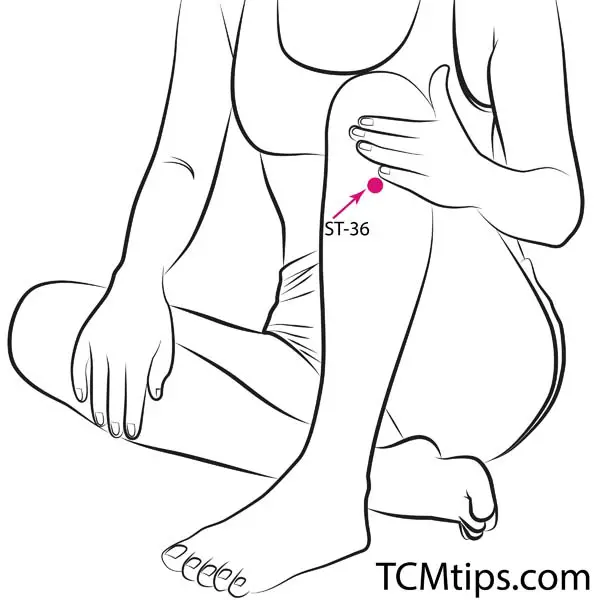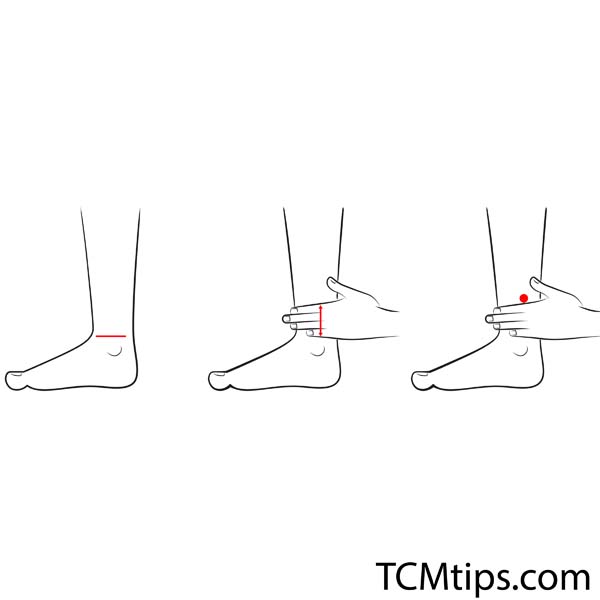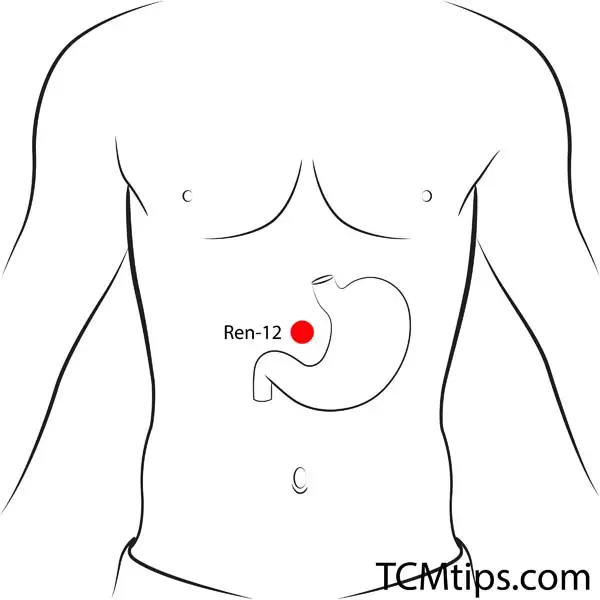Why Your Gut Microbiome Could Be Sabotaging Your Fiber Intake
Fiber is often touted as a crucial element in a healthy diet, aiding digestion, controlling blood sugar levels, and promoting a healthy weight. However, recent research suggests that even if you’re consuming the recommended amount of fiber, your gut microbiome might be preventing you from fully reaping its benefits. According to a study published in the American Journal of Lifestyle Medicine, individual variations in gut bacteria significantly impact how our bodies process resistant starch—a type of fiber that is essential for gut health.
The Study: How Gut Microbiomes Influence Fiber Absorption
The study aimed to explore how different gut microbiomes affect the digestion of resistant starch, a type of fiber found in foods like beans, bananas, and whole grains. Researchers recruited 34 participants and provided them with controlled diets, each rich in resistant starch. Over the course of several weeks, participants’ stool samples were analyzed to assess how effectively their bodies broke down and utilized the fiber.
Methodology: A Closer Look at the Research
The participants were divided into groups based on their gut microbiome composition. Researchers monitored their digestive processes, focusing on the production of short-chain fatty acids (SCFAs), which are beneficial byproducts of fiber fermentation in the gut. The study revealed that individuals with a higher presence of specific gut bacteria, such as Bifidobacterium and Ruminococcus, were more efficient at breaking down resistant starch. On average, these individuals produced 20% more SCFAs compared to those with less favorable gut microbiomes.
This finding is critical because SCFAs play a key role in maintaining gut health, reducing inflammation, and even supporting mental well-being. The study highlights a growing need for personalized nutrition plans that take into account an individual’s unique gut microbiome.
Implications: The Future of Personalized Nutrition
These findings suggest that current dietary recommendations might not be one-size-fits-all. While we are often told to increase our fiber intake, the study shows that the benefits of this advice may vary depending on one’s gut microbiome. This raises important questions about how we should approach dietary guidelines and whether future recommendations should include microbiome testing to optimize individual health outcomes.
However, it’s important to note that microbiome testing is still not widely available or affordable, making it difficult for most people to tailor their diets accordingly. Until then, maintaining a diverse diet rich in different types of fiber and fermented foods can help promote a healthier gut microbiome.
Supporting Gut Health with Acupressure
While the science of personalized nutrition continues to evolve, there are other ways to support your gut health that don’t require specialized testing. Acupressure, a practice rooted in Traditional Chinese Medicine (TCM), offers a simple yet effective method to enhance digestion and improve fiber absorption.
Key Acupressure Points for Better Digestion
In TCM, the digestive system is closely linked to the body’s energy flow, or Qi. By applying pressure to specific acupressure points, you can stimulate this energy and improve digestive function. Here are a few key points to focus on:
- Zu San Li (ST-36): Located about four finger widths below the kneecap, this point is known to enhance digestion and boost overall energy levels.

- San Yin Jiao (SP-6): Found about three finger widths above the inner ankle bone, this point helps regulate the digestive system and improve nutrient absorption.

- Zhongwan (Ren-12): Located midway between the navel and the breastbone, this point is beneficial for relieving bloating and promoting stomach health.

For a more comprehensive guide on the best pressure points for digestion, be sure to explore our detailed article.
How to Use Acupressure in Your Daily Routine
Incorporating acupressure into your daily routine is simple. Spend about 2-3 minutes applying gentle pressure to each of the points listed above. You can do this in the morning before eating or in the evening to support digestion after a meal. Consistent practice can help regulate your digestive system and ensure you’re getting the most out of the fiber in your diet.
Conclusion
As research continues to uncover the complex relationship between diet and the gut microbiome, it’s clear that a personalized approach to nutrition is becoming more important. While we wait for advances in microbiome testing to become more accessible, practices like acupressure offer valuable tools to support digestive health and enhance the benefits of a fiber-rich diet.

Try our Anti-Aging Gua Sha Tool designed to bring out your skin’s natural glow.
Best Gua Sha Product- Anti-Aging: The tool is designed to target 11 specific aging signs such as wrinkles and sagging skin. By following the 7-step routine, users can improve skin firmness and reduce fine lines naturally.
- Enhances Skincare Routine: It works effectively with serums and lotions, boosting absorption and efficacy of skincare products.
- Visible Skin Improvement: Users can expect a smoother complexion, reduced puffiness, and a more youthful appearance.
 P. Sze
P. Sze 

















